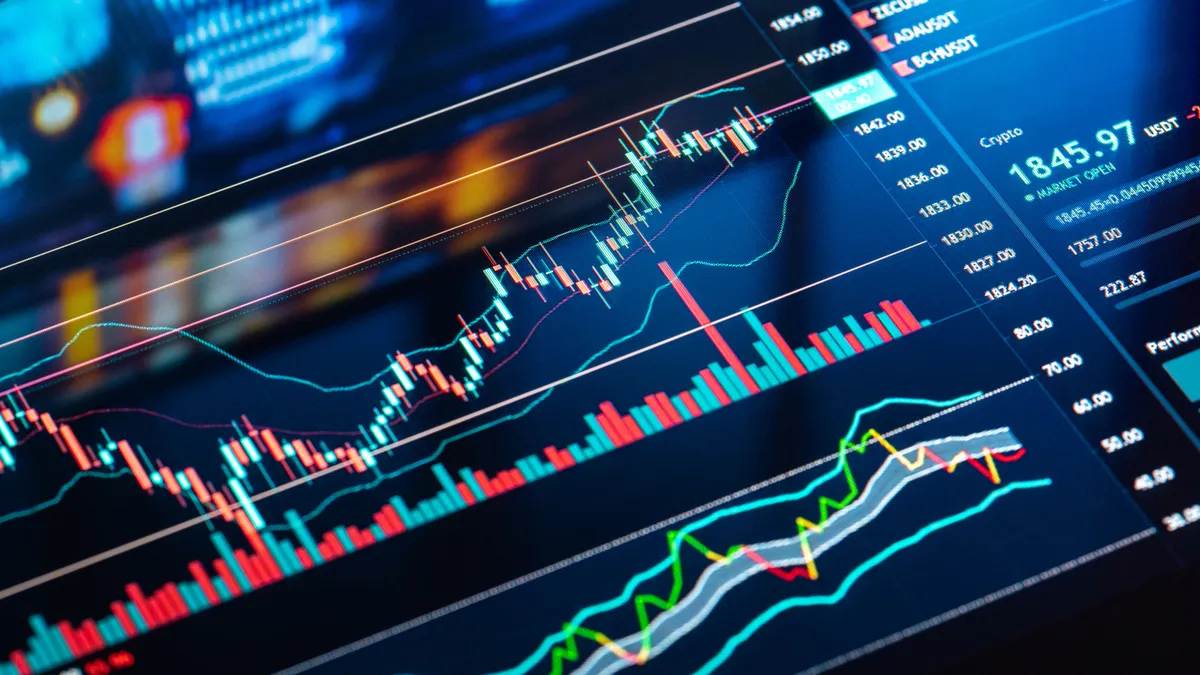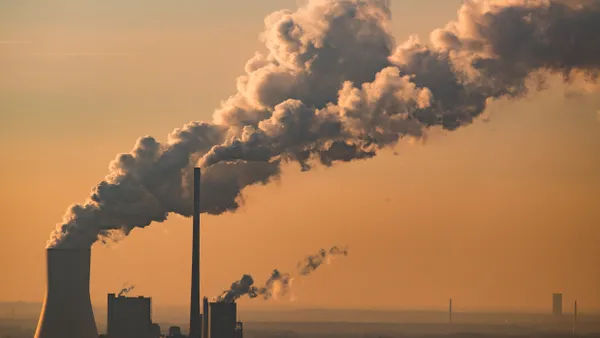Dive Brief:
- The United States’ sustainable fund market experienced its first year of net outflows in 2023 in more than a decade, as the sector lagged behind conventional peers who saw net inflows last year, Morningstar reported Monday.
- The market saw over $13 billion in outflows, with both passive and active funds suffering, according to the report. The amount of assets in sustainable funds still increased 12% year-over-year in 2023, rising to $323 billion by the end of the year with the help of market appreciation.
- The report attributed the outflows and fund closures outpacing openings to a combination of macroeconomic, political and policy factors. However, Morningstar maintains “sustainable investing is here to stay” despite signs of moderating demand, and said the pace of contraction “comes nowhere near” the growth the sector has seen in the last 5 years.
Dive Insight:
Morningstar previously reported the sustainable fund market had seen four consecutive quarters of outflows after Q3 of 2024, so — unless the sector had a big Q4 — the writing was on the wall for sustainable funds’ 2023. Instead, the market had its worst quarter of the year, with investors pulling more than $5.2 billion, the previous high for the year.
The market saw 66 new sustainable funds open and 16 added to the category, compared to a record liquidation and repurposing of sustainable funds: 45 sustainable funds closed while eight moved away from ESG mandates.
The report said high interest rates, recession fears, persisting political scrutiny and individual investors taking anti-ESG actions all contributed to the sector’s down year. Morningstar also said confusion has remained on how different entities define “ESG,” “sustainable” and “impact,” in lieu of regulatory guidance.
“Still, the outlook for sustainable funds isn’t purely one of doom and gloom,” the report said. “Performance and demand may ebb and flow, but the investment case for these funds is based on long-term trends. Mitigating and adapting to climate change will require trillions of dollars of investment over the next few decades, and individual investors seem ready to dive in.”
BlackRock remained the firm with the most assets in sustainable funds under management — $59.2 billion — despite also being the asset manager with the most outflows for the year. BlackRock’s iShares ESG Aware MSCI USA ETF lost $9.3 billion. In total, the firm’s sustainable fund portfolio lost $8.7 billion last year. The asset manager still holds a nearly $20 billion lead over the firm with the next-most assets, the San Francisco-based sustainable investment firm Parnassus.
The report also noted that a record 337 ESG resolutions went to vote in 2023, however, only 10 gained majority support. Cratering support for ESG proposals from BlackRock and Vanguard helped drive the decline, while the political climate and anti-ESG proposals each contributed as well. The Conference Board reported it expects investors to submit even more ESG resolutions this year, with an election season underway in the U.S.
In total, Morningstar tallied 646 sustainable funds at the end of 2023: 434 equity funds, 129 fixed-income funds and 71 allocation funds. Taxable bonds make up most of the fixed-income options, with 111 funds on the market compared to 18 municipal bonds.
“Taxable bonds, including high-yield and corporate bonds, dominate the sustainable fixed-income landscape because ESG data tends to be more readily available in the corporate space,” the report said. “However, access to data has steadily improved, and U.S. investors now have more than a dozen municipal-bond offerings to choose from.”
While the U.S. sustainable fund market showed contraction in 2023, the global ESG bond market opened 2024 with a record number of sales. Global ESG bond sales increased more than 34% year-over-year in January, with $149.5 billion in sales, Bloomberg reported Monday.
Global governments and development banks issued the most bonds last month, and Bank of America and BNP Paribas representatives — the top underwriters of January’s ESG bonds — told Bloomberg they expect the market to remain active over 2024’s opening months.












